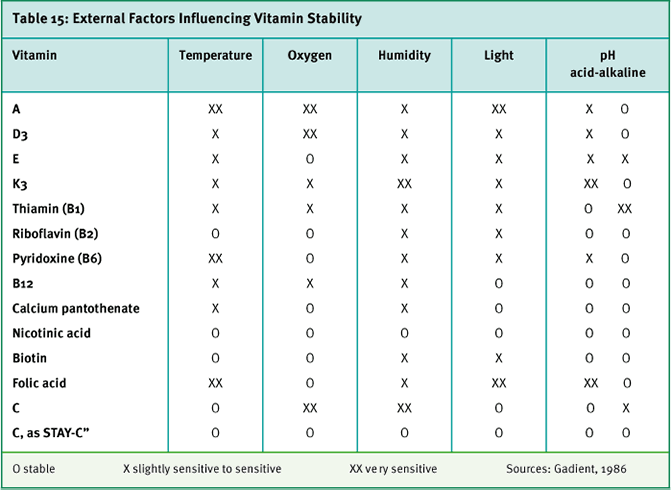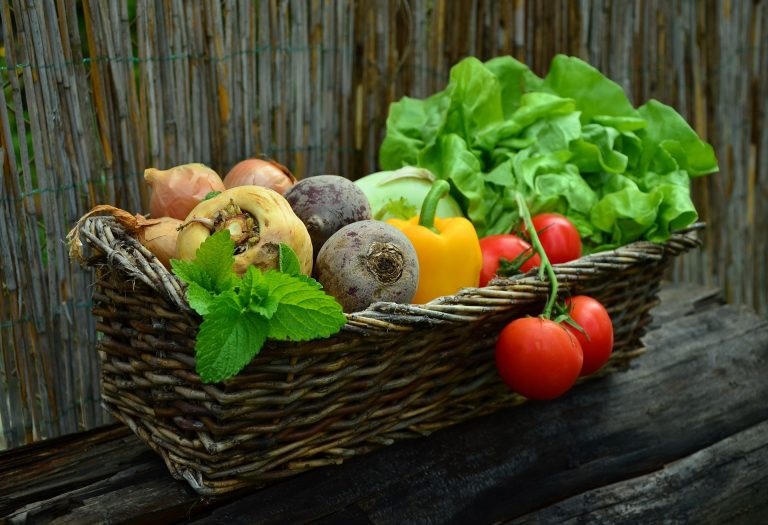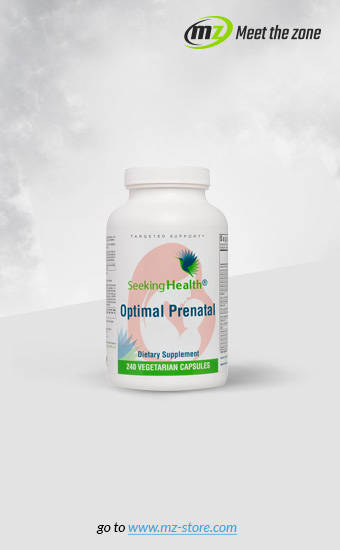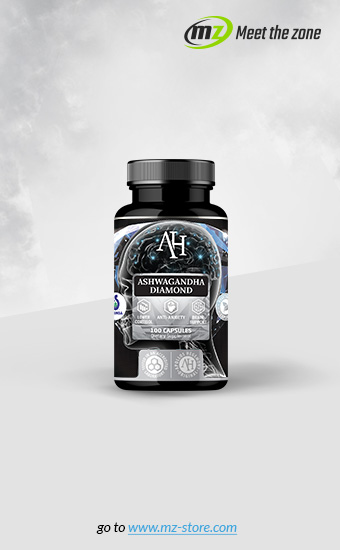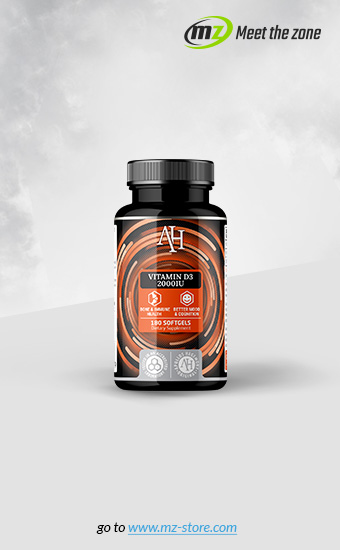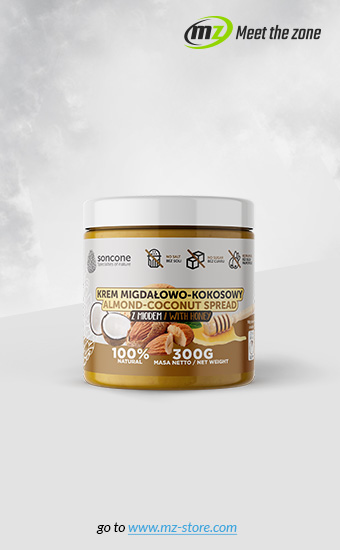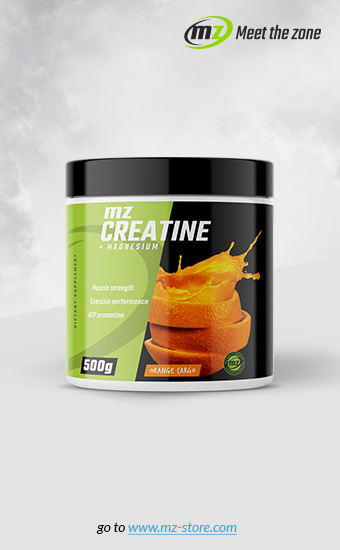In connection to storing various products (temperature, pH, access to light, etc.) and their technological treatment (baking, boiling etc.), the content of vitamins in these products changes. What also changes is their bioavailability due to chemical alterations of compounds contained in a given product. In this post, I will present various ways to limit the losses or increase bioavailability of various vitamins related to boiling, baking or storing, which may be useful in your daily life in order to increase the intake of naturally occurring vitamins in these products.
- Vitamin A during cooking
- Vitamin D during cooking
- Vitamin K during cooking
- Vitamin E during cooking
- Vitamin C during cooking
- Vitamin PP during cooking
- Vitamin B1 during cooking
- Vitamin H during cooking
- Vitamin B12 during cooking
- Vitamin B2 during cooking
- Vitamin B5 during cooking
- Vitamin B9 during cooking
- Vitamin B6 during cooking
- Summary
Vitamin A during cooking
Vitamin A and beta-carotene, which is transformed in vitamin A in the organism are sensitive to low pH (i.e. acidic), access to oxygen and light, as well as temperature. In order to limit the influence of oxygen, it is beneficial to serve products rich in vitamin A in the form of sauces or salads. The absorption of vitamin A and beta-carotene is increased while eaten with meals containing fats, as they are fat-soluble, thanks to which they are better absorbed in the intestine epithelium. It is also unfavorable to store oils for too long. In the products of animal origin, vitamin A occurs in the form of retinol and its derivatives while in the products of plant origin, in the form of carotenoids, which are the provitamins of vitamin A. Among the products which are richest in vitamin A and provitamin A there are: livers, ripened cheeses, eggs, butter, tuna, eel, carrot, parsley leaves, spinach, beet leaves, apricots, peaches, plums and cherries.
Vitamin D during cooking
Vitamin D is susceptible to alkaline, i.e. high pH. Similar to vitamin A, it is soluble in fats and is better absorbed with them. Therefore, usually tablets with vitamin D also contain oils (primarily taking into consideration the volume). Calciferol (as this is also the name of vitamin D), is found mainly in fish, but also mushrooms, poultry and dairy products. Its major quantities are synthesized under the influence of ultraviolet radiation.
Vitamin K during cooking
Vitamin K is sensitive to the exposure to solar radiation, mainly when it is in acidic or basic pH. Its main source is intestinal microbiota.
Vitamin E during cooking
In case of vitamin E, long storage is inadvisable. It is sensitive to light, which is the cause of the fact that oils (not only because of vitamin E, but also polyunsaturated fatty acids) are better stored in dark glasses, in cupboards that protect from light. Vitamin E is primarily found in vegetable oils and cod liver oil.
Vitamin C during cooking
Vitamin C is very susceptible to oxygenation. It first oxidizes to the so far active dehydroascorbic acid, while subsequent changes inactivate the biological properties of this vitamin. In order to limit the loss of vitamin C in vegetables, it is better to steam them. This vitamin is also sensitive to acidic and neutral pH, as the enzymes contained in fruit and vegetables, belonging to the group of oxidases, which accelerate vitamin C oxygenation are inactive in acidic pH, while they are activated in neutral and basic pH. The other factor that accelerates vitamin C degradation is copper, as it catalyzes its biological breakdown. Therefore eliminating cookware made of copper will be beneficial. The most considerable quantities of vitamin C among the products commonly available on the Polish market are in: parsley leaves, red pepper, blackcurrants, chokeberries, strawberries, kiwi fruit, oranges, Brussels sprouts, broccoli, spinach, cauliflower, redcurrants, grapefruits, whitecurrants, mandarins, raspberries, savoy, red and white cabbage.
Vitamin PP during cooking
Vitamin PP, i.e. niacin, may be produced in the organism from tryptophan. 60 mg of absorbed tryptophan (which is an exogenous amino acid, i.e. non-synthesized by our organism) corresponds to around 1 mg of niacin. The losses of this vitamin while cooking are mainly connected to its good solubility in water and while cooking it is transported to the solution that is usually poured away. In connection to this, in order to preserve more vitamin PP in the products rich in it, it is worth to use steam cooking. The products rich in niacin include: chicken breast meat, beef and porcine livers, peanuts, wheat germs and bran, buckwheat groats and barley groats, brown rice, navy bean, sea fish, tomatoes.
Vitamin B1 during cooking
Thiamin is sensitive to high temperature and alkaline environment. Therefore, adding baking powder to pies inactivates almost entire dose of this vitamin, which is present in the products. Fermentation increases the content of thiamin, as it is synthesized by yeasts. The products rich in thiamin are: buckwheat groats and barley groats, navy bean, soya, red lentil, wheat germs, yeasts, sunflower seeds, peas, bran.
Vitamin H during cooking
Vitamin H, i.e. biotin is sensitive to temperature. The exception is biotin occurring in eggs, as it is biologically unavailable because of related to protein – avidin. Heating up causes denaturation of this protein and allows to absorb biotin in the digestive tract. Vitamin H occurs in higher doses in: nuts, livers, green pea, cauliflower, spinach.
Vitamin B12 during cooking
This vitamin is also called cobalamin, as it contains cobalt in its chemical construction. High temperature and access to light lower the content of this vitamin in the product, while its lowered absorption entails the intake of antivitamin B12, occurring for example in spirulina. Lowered cobalamin absorption is also caused by steroid antihistamines and parietal cells pathologies, which are found in gastric mucosa, as they produce the Castle factor, which connects to this vitamin, ensuring its absorption. Vitamin B12 occurs only in the products of animal origin. Among standard products rich in this vitamin there are: fish, kidneys, livers, various kinds of meats, ripened cheeses and eggs.
Vitamin B2 during cooking
Vitamin B2is also called riboflavin. Its content increases during fermentation for the same reasons that thiamine content rises. The presence of this vitamin, on the other hand, decreases under the influence of light, especially when it is found in alkaline environment. The best sources of this vitamin in food are: giblets (porcine hearts, chicken livers, porcine and beef livers), baking yeast, wheat germs and chicken eggs.
Vitamin B5 during cooking
Also called pantothenic acid. It is easily degraded under the influence of extreme temperatures in acidic and alkaline environments and it is stable in neutral environment. Pantothenic acid is a commonly occurring vitamin, which can be found in higher amounts in: yeast, meat, leafy vegetables, potatoes.
Vitamin B9 during cooking
Folic acid is susceptible to the presence of oxygen, light and high temperature in acidic and neutral environments. A lot of folic acid can be found in: baking yeast, soya, wheat germs and wheat bran, chicken and beef livers, spinach, parsley leaves, peas.
Vitamin B6 during cooking
It is also called pyridoxine. It is sensible to light and temperature. In higher quantities it may be found in: wheat germs and bran, turkey, beef, porcine meats, fish, soya, buckwheat groats.
Summary
